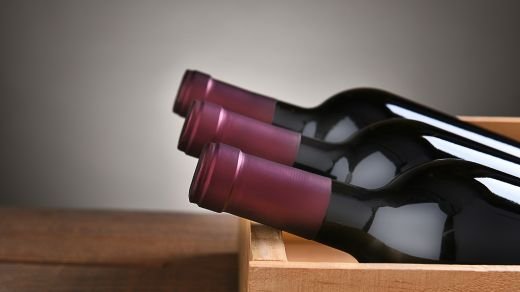
In the realm of fine wines, few experiences match the effervescence and elegance of sparkling white wines. Whether you’re celebrating a special occasion or simply seeking to elevate everyday moments, these delightful wines have an enduring appeal. In this comprehensive exploration, we will take you on a journey through the captivating world of sparkling white wines, covering their origins, production methods, popular varieties, and suggested food pairings. Get ready to pop, fizz, and sip your way through the enchanting universe of sparkling whites.
The Origins and History
The story of sparkling white wines is one that spans centuries and continents. While Champagne, France, often steals the spotlight in this narrative, the history of sparkling wines is rich and complex. Here’s a glimpse into its fascinating origins:
Sparkling wines, as we know them today, owe their existence to a series of happy accidents and experiments. In the early 17th century, English scientist Christopher Merret documented the process of adding sugar to still wines, inadvertently creating bubbles. While Champagne would later perfect this method, it’s essential to recognize the contributions of early innovators.
Crafting the Bubbles
The Traditional Method
One of the defining characteristics of sparkling white wines is the traditional method of production. This intricate process, also known as the Méthode Champenoise or Traditional Method, involves the following steps:
- Base Wine: It all starts with a base wine, typically composed of Chardonnay, Pinot Noir, or Pinot Meunier grapes for white sparkling wines.
- Secondary Fermentation: A mixture of yeast and sugar, known as the “liqueur de tirage,” is added to the base wine. This triggers a second fermentation within the bottle, producing carbon dioxide and those delightful bubbles.
- Aging on Lees: The wine is aged on its lees (sediment from the yeast) for an extended period, imparting complexity and depth to the final product.
- Riddling: Bottles are carefully rotated and tilted to allow the lees to settle in the neck of the bottle.
- Disgorging: The neck of the bottle is frozen, and the frozen plug of lees is removed before sealing the bottle with a cork.
Varietal Delights
Sparkling white wines come in a variety of styles and grape varietals, each offering its unique character and charm:
Champagne
Champagne, the pinnacle of sparkling wine, originates from the Champagne region of France. It is celebrated for its exquisite quality, fine bubbles, and complex flavors. Champagne is crafted primarily from Chardonnay, Pinot Noir, and Pinot Meunier grapes.
Prosecco
Hailing from Italy, Prosecco is known for its affordability and approachability. Made primarily from the Glera grape, Prosecco offers a light, fruity, and floral profile. It’s an excellent choice for those who prefer a slightly sweeter and less complex sparkling wine.
Cava
Spain’s contribution to the world of sparkling wine, Cava, is produced primarily in Catalonia. It boasts a bright acidity, citrus notes, and a touch of nuttiness. Cava offers an exceptional balance between quality and value.
Sparkling Moscato
For those with a sweet tooth, Sparkling Moscato is a delightful option. This wine, made from the Muscat grape, presents intensely fruity and floral aromas. It pairs perfectly with desserts or serves as a refreshing sip on a sunny day.
The Art of Pairing
Pairing sparkling white wines with food can elevate your culinary experience to new heights. Here are some delectable combinations to consider:
Champagne and Seafood
Indulge in the classic pairing of Champagne and seafood. The wine’s high acidity and effervescence complement the delicate flavors of oysters, shrimp, and sushi, creating a match made in heaven.
Prosecco and Appetizers
Prosecco’s light and fruity character make it an ideal companion for appetizers. Pair it with bruschetta, caprese salad, or a charcuterie board for a delightful prelude to your meal.
Cava and Tapas
Spanish Cava harmonizes wonderfully with a variety of tapas, from crispy calamari to patatas bravas. Its bright acidity and citrusy notes provide a refreshing contrast to the bold flavors of Spanish small plates.
Sparkling Moscato and Desserts
Cap off your meal with a touch of sweetness by pairing Sparkling Moscato with fruit tarts, cheesecake, or crème brûlée. The wine’s natural sweetness complements dessert beautifully.
In Conclusion
Sparkling white wines, with their effervescent charm and diverse range of flavors, have an enduring allure. Whether you’re commemorating a special occasion or simply savoring the joy of life, these wines offer a world of delight in every sip. From the prestigious Champagne to the approachable Prosecco, there’s a sparkling white wine to suit every palate and moment.